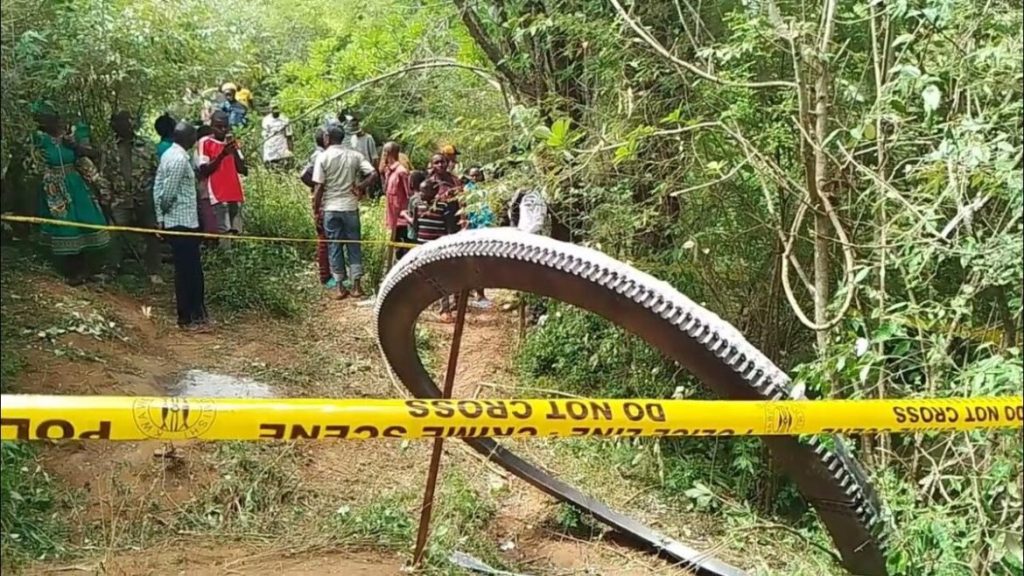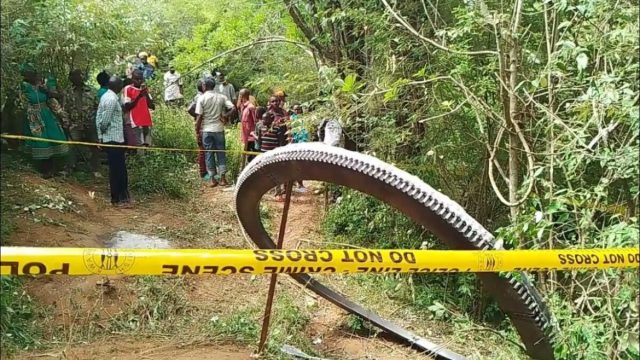
On Wednesday, Kenyan officials announced they were investigating metal fragments, likely from a rocket, that crashed into a village in the country’s south.
As space traffic increases, the issue of space debris has become more pressing. The Kenya Space Agency (KSA) reported that the object, a metallic ring approximately 8 feet in diameter and weighing around 1,100 pounds, crashed into Mukuku village, Makueni county, on December 30 at about 3:00 pm local time (1200 GMT).
In collaboration with other agencies and local authorities, the KSA “secured the area and retrieved the debris, which is now under the Agency’s custody for further investigation.”
Preliminary assessments suggest that the object is a separation ring from a launch vehicle, typically designed to burn up upon re-entry into Earth’s atmosphere or fall over uninhabited areas.
“This is an isolated case, which the agency will investigate and address,” the KSA stated. The agency assured the public that the object posed no threat to safety and commended the villagers who quickly alerted authorities.
The KSA is working to identify the origin of the debris.
Past instances of human-made space debris hitting Earth include a part of a SpaceX Dragon capsule landing on an Australian sheep farm in 2022. Earlier this year, NASA faced a lawsuit from an American family whose Florida home was struck by falling metal. On March 8, a cylindrical object tore through the home of Alejandro Otero in Naples. He told CBS Fort Myers, Fla., affiliate WINK-TV that his son called him about the crashing object while he was on vacation.
“I was shaking. I was completely in disbelief. What are the chances of something landing on my house with such force to cause so much damage,” Otero said. “I’m super grateful that nobody got hurt.”
NASA has also criticized China for allowing its giant Long March rockets to fall back to Earth after orbit. Last February, the European Space Agency reported that a satellite weighing as much as an adult male rhinoceros made an uncontrolled return to Earth, re-entering the atmosphere over the North Pacific Ocean between Alaska and Hawaii.










